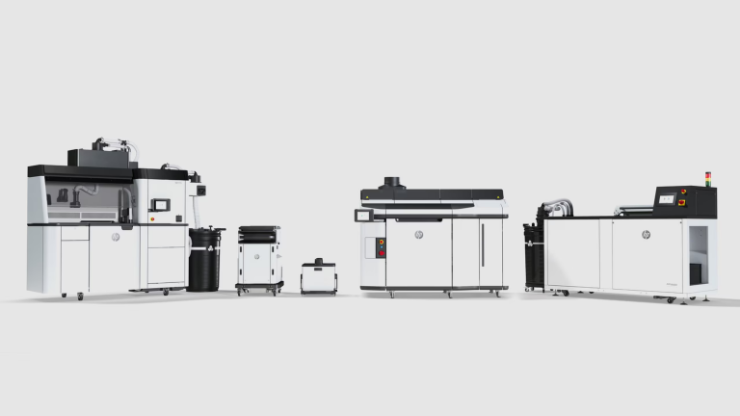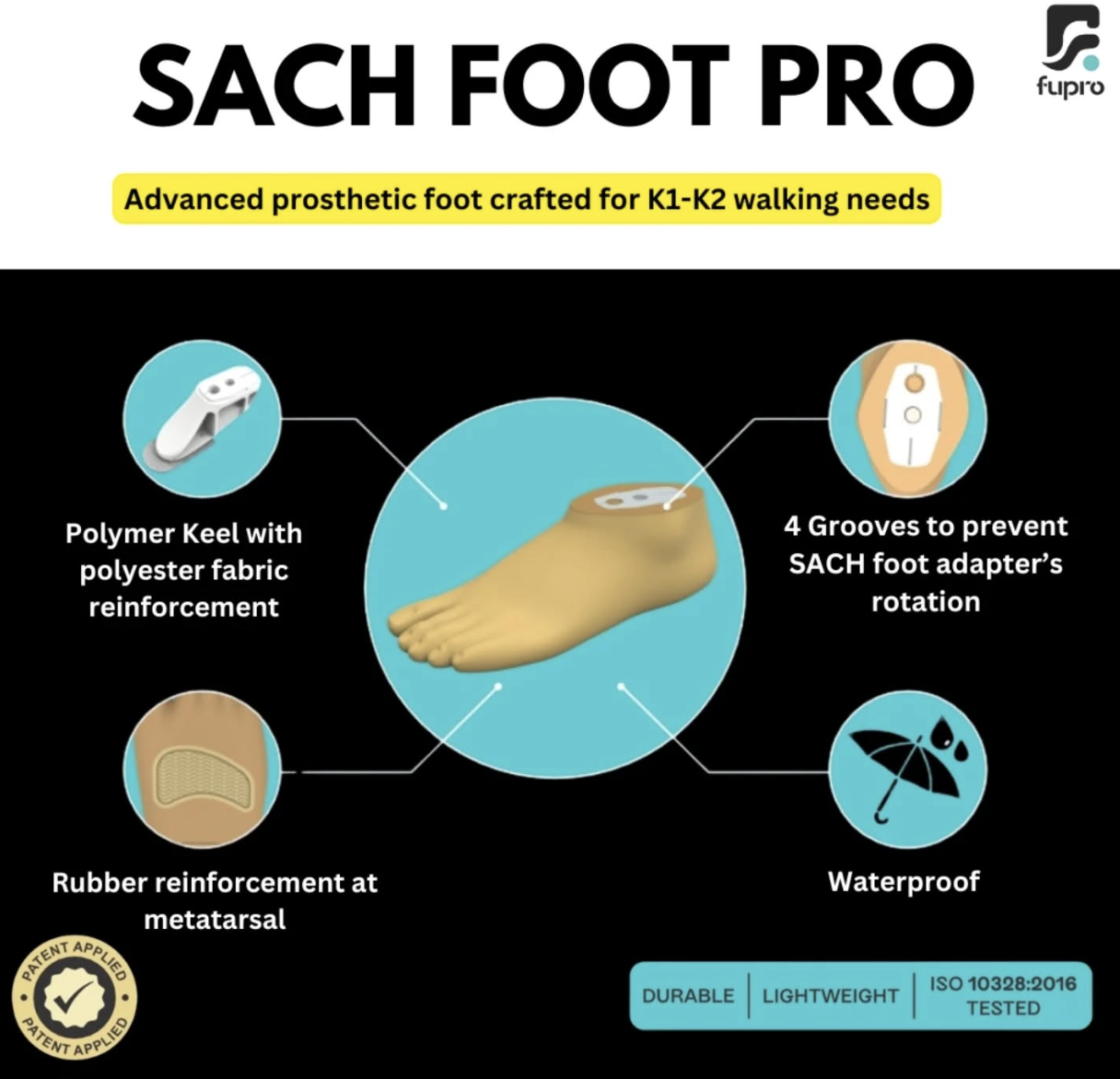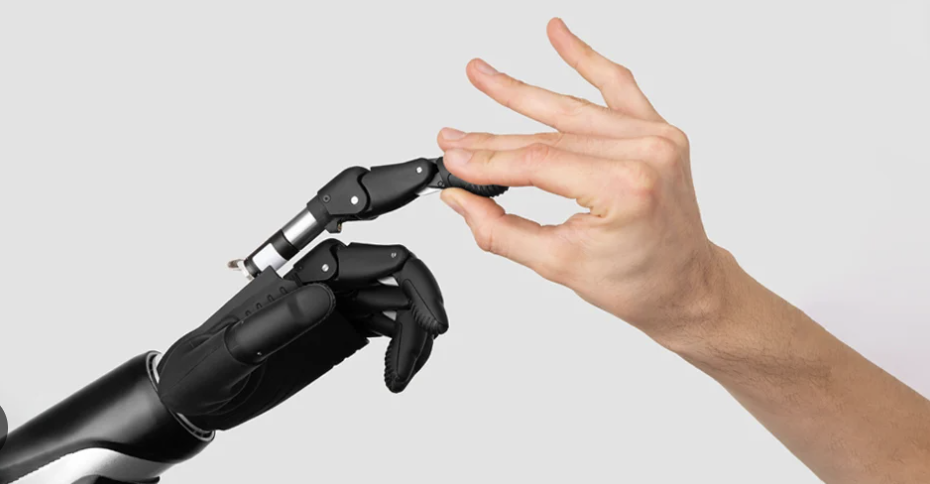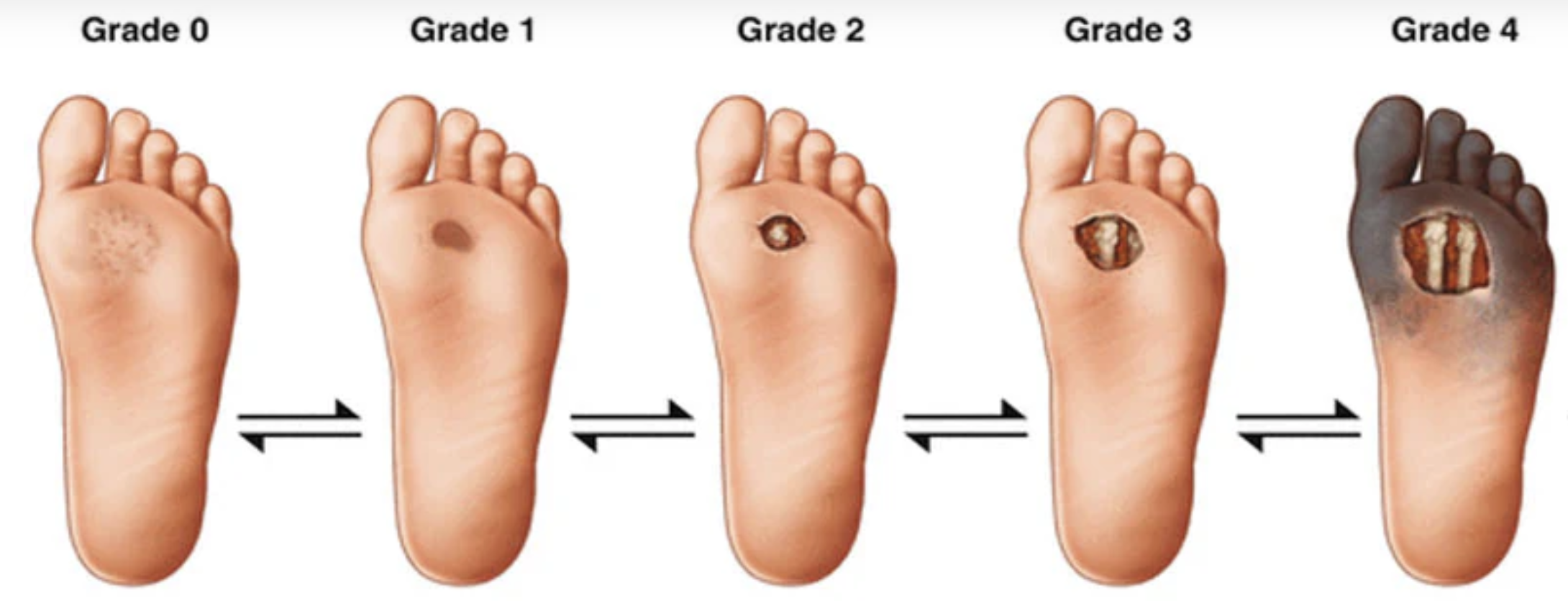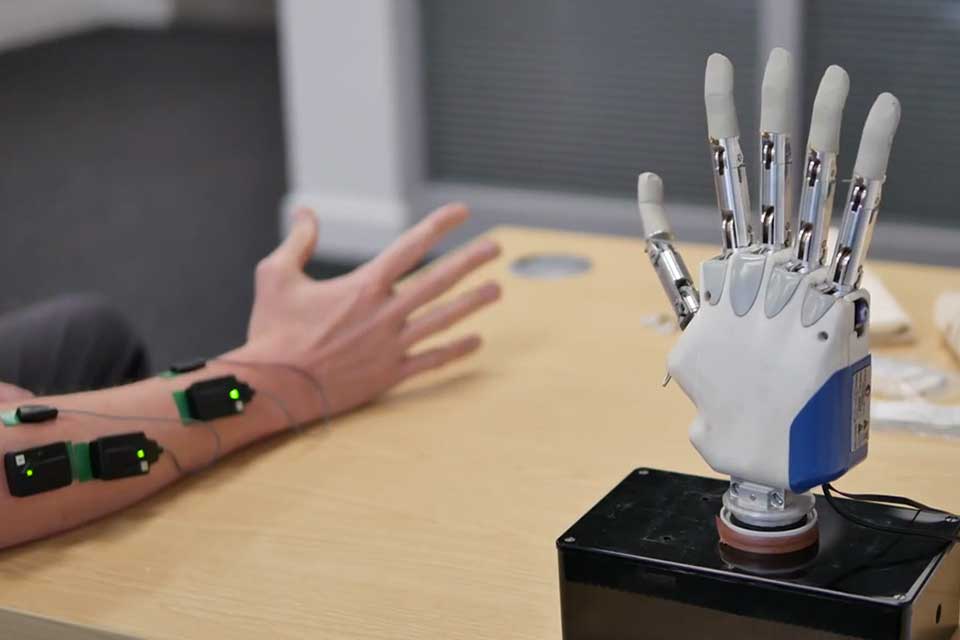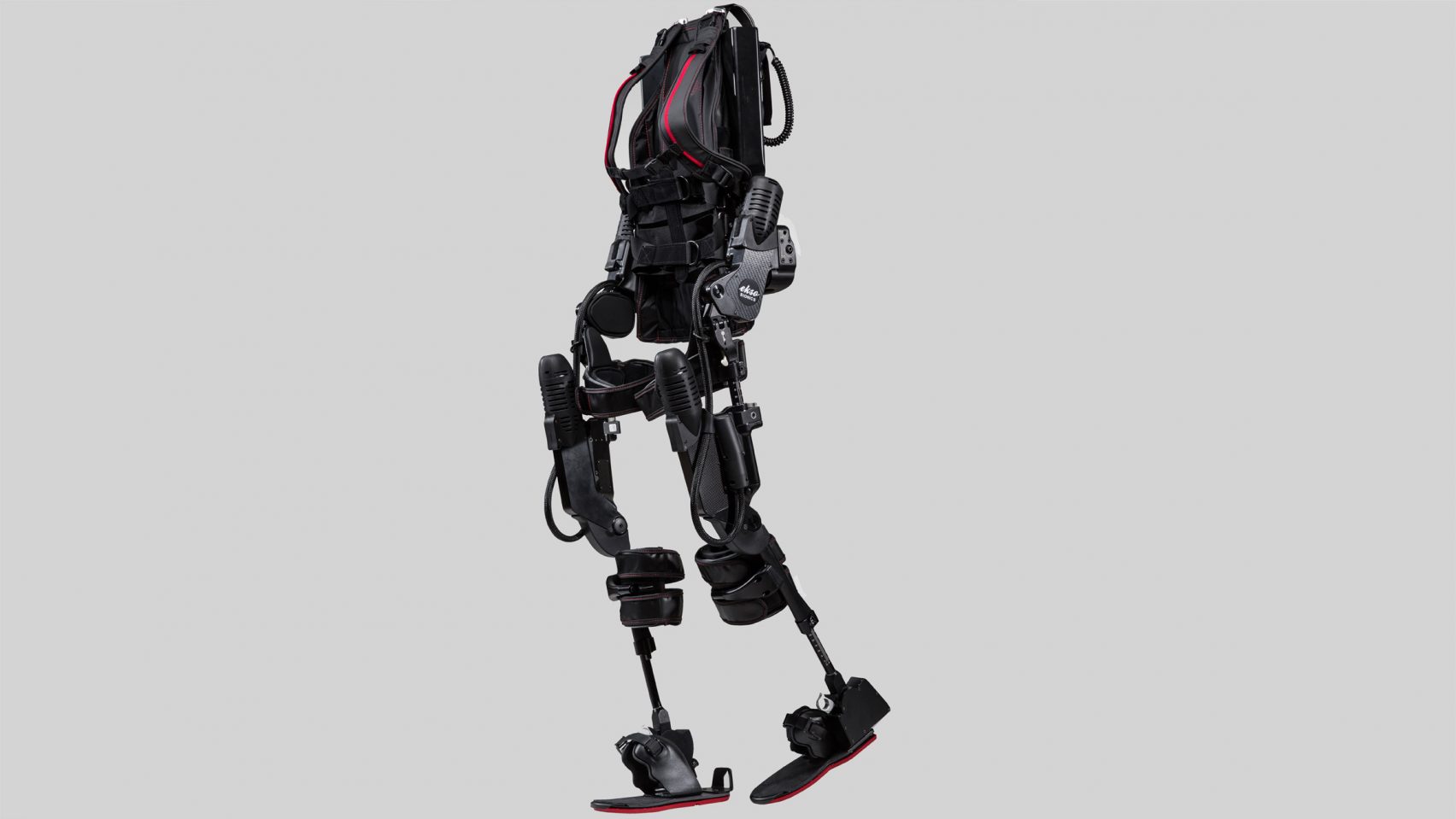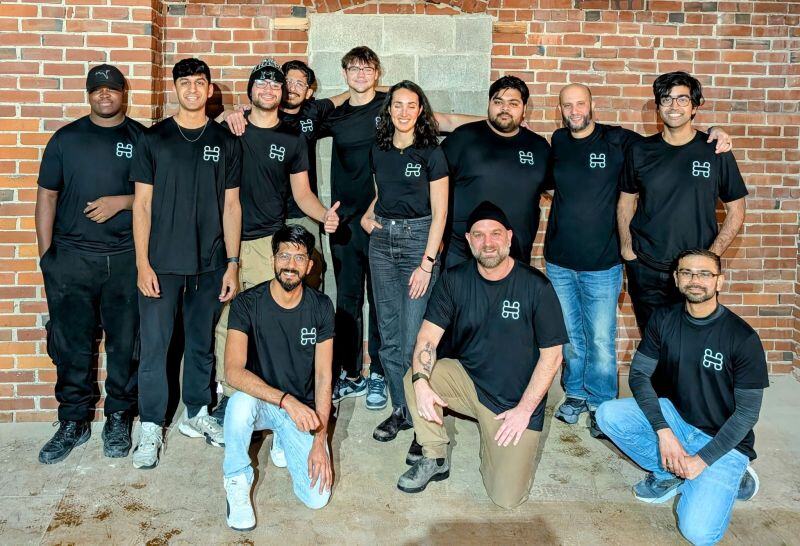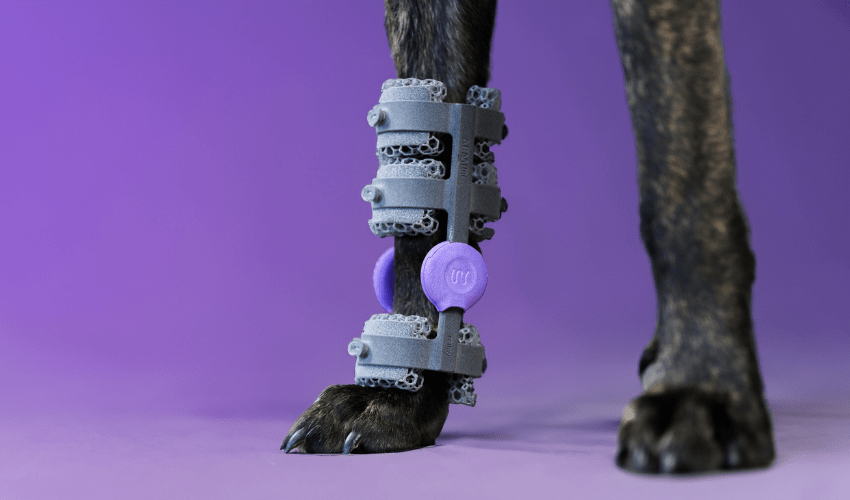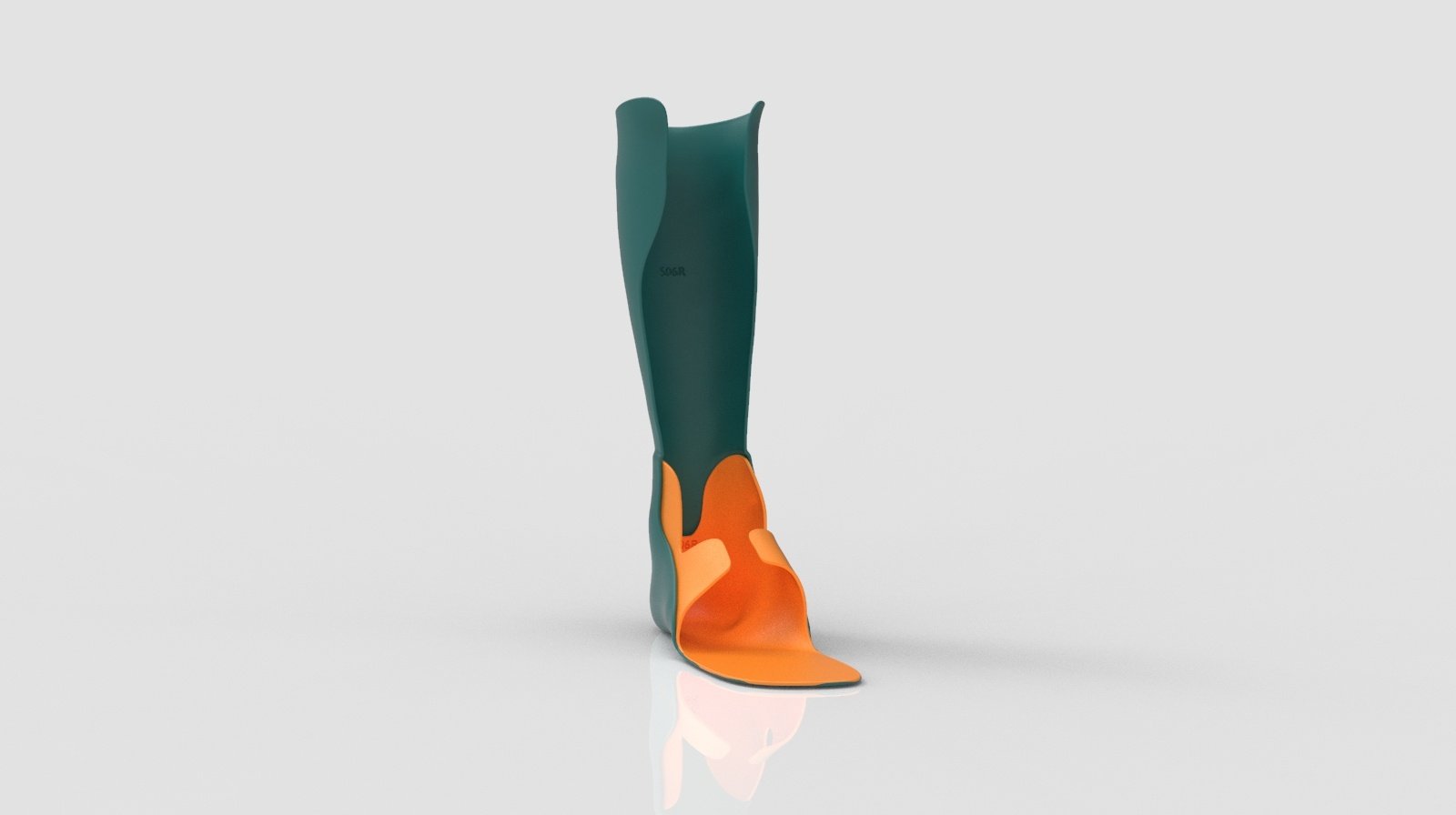In Leeds, UK, Crispin Orthotics has made waves in the orthotics industry with its innovative approach to manufacturing, powered by 3D printing technology. The firm deployed its first 3D printer back in 2016 and since then has built a thriving business delivering 3D-printed orthoses, such as ankle-foot orthoses (AFOs), spinal supports, wrist braces, helmets, and face masks. In fact, there aren’t many orthotics and prosthetics (O&Ps) the 3D specialist can’t print.
The key to the company’s success? How it’s integrated all its workflows with its 3D printing lab. Crispin scans body parts at one end of the spectrum, creates computer images with another, and then sends them on to technicians who use other applications to create, adjust, and generate super-accurate models of what they hope to produce. The models are then exported to computer aided design (CAD) software for final adjustments before moving to modern HP Multi Jet Fusion printers for production.
If it sounds involved, it is. However, compared to traditional processes that can be a headache and take weeks to complete, using 3D printers in tandem with existing workflows is fairly simple and much faster. Indeed, 3D-printed O&P, implants, models, and medical devices can be ready for patients in mere days or even hours.
Again, the key is integration. We believe an increasing number of healthcare organisations around the world are going to shed traditional 3D printing approaches, where you park your machine in a back room and will instead look for ways to integrate them with other systems.
Now, what do we mean by integration? We are referring to situations where your 3D printing processes are able to receive digital inputs from as many areas of the organisation as possible. For example, if you have a central 3D printing lab in a hospital (about 400 hospitals worldwide do), you want to ensure everyone from your surgeons, radiologists, nurses, technicians, and engineers to your accountants and lawyers, can see, review and participate in production of medical components.
Some medical organisations accomplish this by deploying commercial solutions. Others hire third party service providers to handle everything for them. And then there are those that take a hybrid approach combining commercial solutions with applications they’ve built themselves (even though customising your own software can add time and expense). Whatever the case, it is important to have a system in place for ensuring seamless integration of 3D printing operations and workflows across the organisation.
When medical organizations do that, they suddenly realize all sorts of benefits. Here are some significant improvements we see on the horizon:
- Point-of-production control: Connecting 3D printing to other parts of the organisation minimises dependence on outside suppliers, which means you’re less exposed to global supply chain disruptions. It can also reduce your lead times, ensure greater quality control, and let you keep a closer eye on how well you’re meeting regulatory requirements.
- Cost savings: On-site 3D printing reduces logistical costs associated with traditional manufacturing processes, such as shipping, inventory management, and warehousing. It also lets you produce parts or products on-demand, avoiding vendor or service provider markups.
- Confidentiality: Even with NDAs in place, every time you send a 3D printing design to an outside vendor, you are at risk. Someone on the other end might deliberately or inadvertently share intellectual property with people they shouldn’t. All sorts of bad things can happen. Keeping design and production inhouse, on the other hand, helps minimise such risks and head off potential calamities.
- Improved sustainability: 3D printing parts and products onsite means you’re not shipping them all over the place, which in turn reduces carbon emissions from planes, trains, and automobiles. Because you’re typically 3D printing on-demand rather than in bulk, you also avoid having to store items in facilities that use energy for lighting and environmental systems. What’s more, studies show you waste less material with 3D printing than with traditional injection molding. You can recycle more scrap and take advantage of 3D printing materials that have been specifically designed to be re-used.
- Better patient outcomes: We don’t always think of patients as customers or consumers, but they are. Every time they step into a medical office, they’re forming opinions about it.
And more often than not, those views are partly shaped by online shopping experiences that have conditioned them to expect their purchases to show up at their doorsteps within 24 to 48 hours. Well-integrated 3D printing operations help address such “I want it now” sentiments by delivering many medical and dental products in days instead of weeks or months.
The advantages of integrating 3D printing operations with other digital workflows are many and clear. But realising those benefits will take time, effort, and investment. We believe most medical organizations will head down this path because it is where the industry is headed, and missing this trend could hinder business growth and patient satisfaction.
